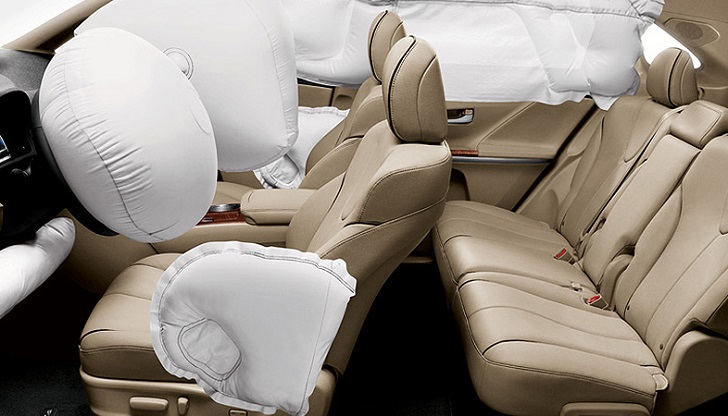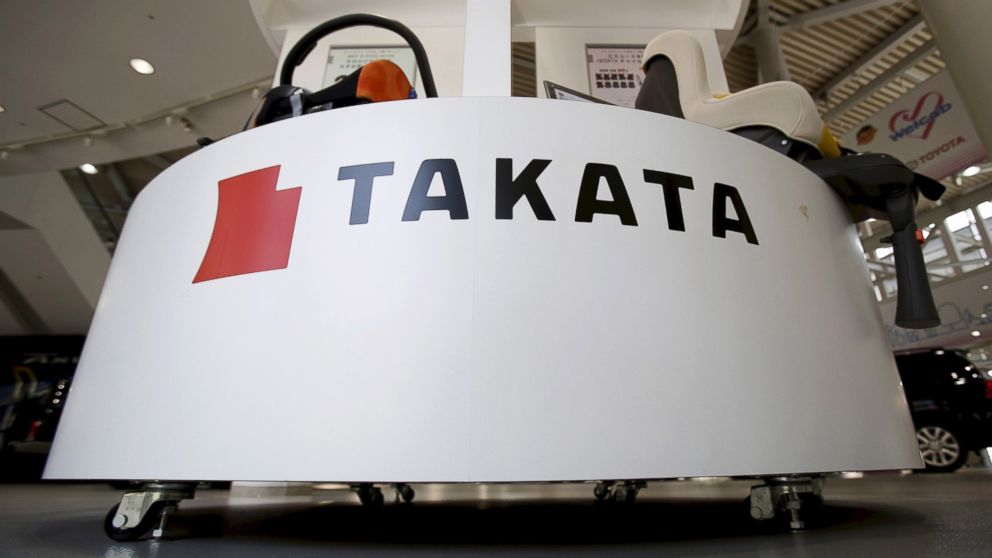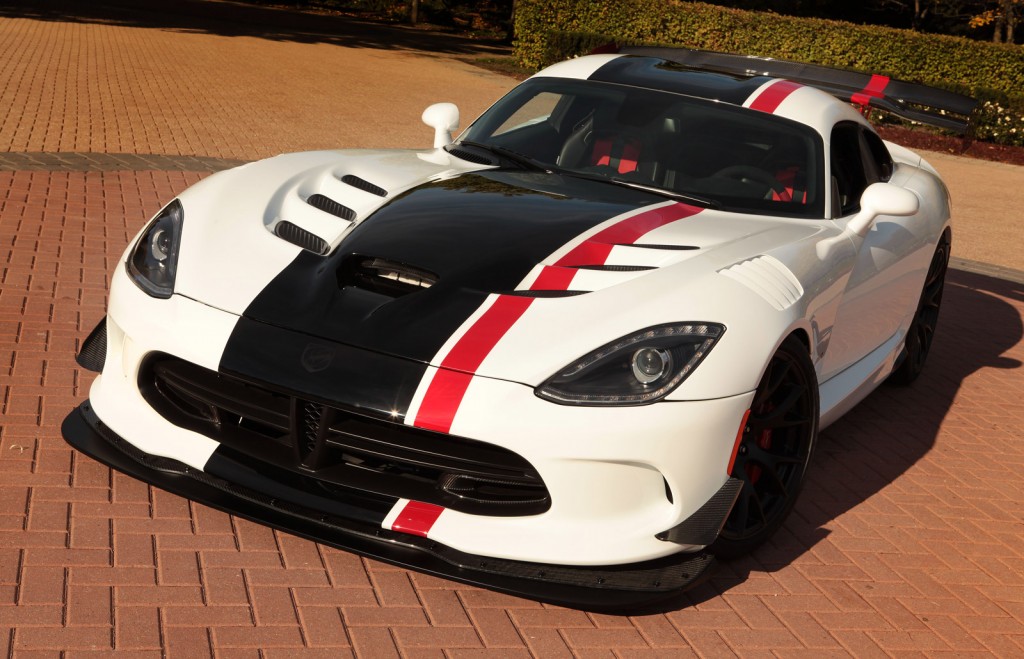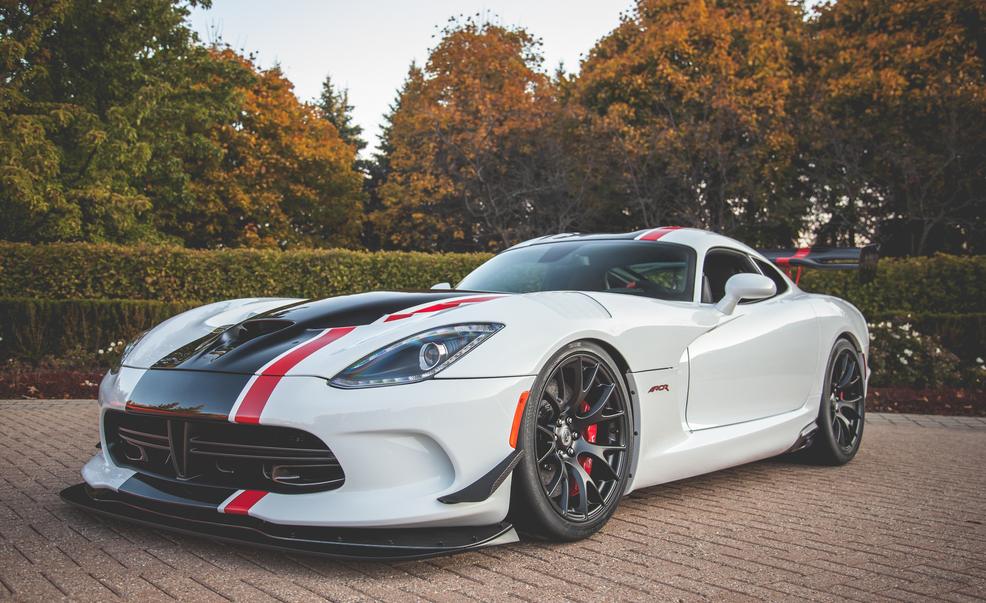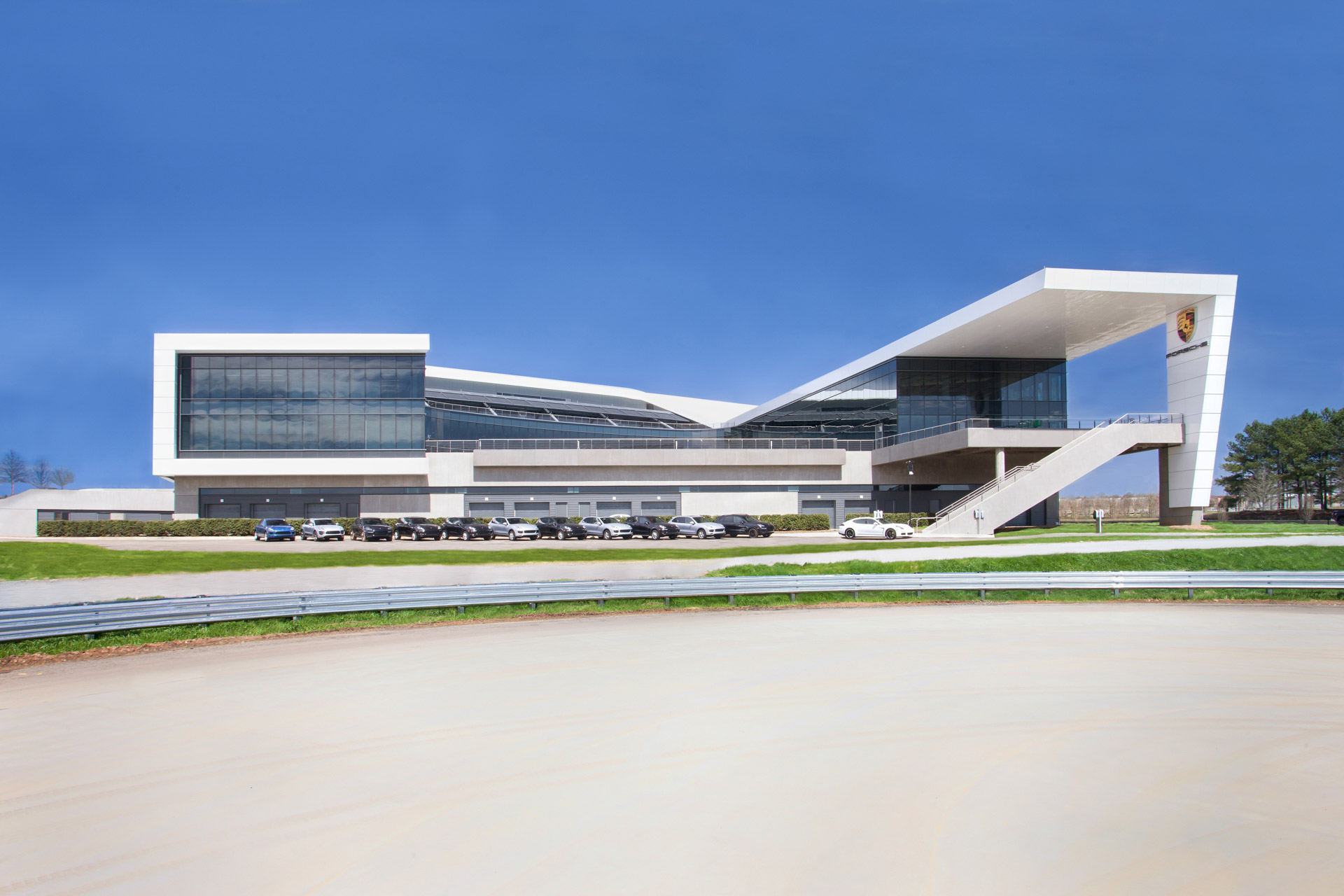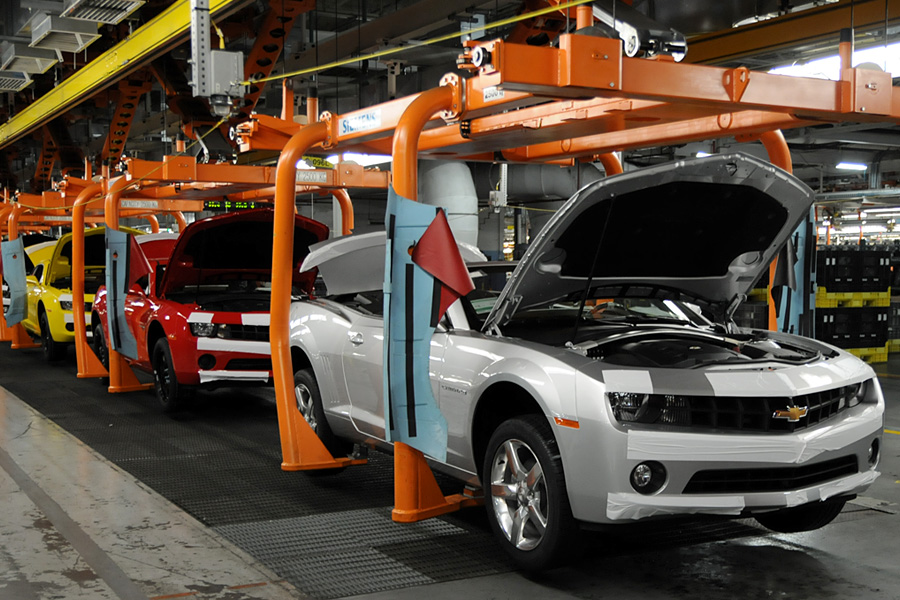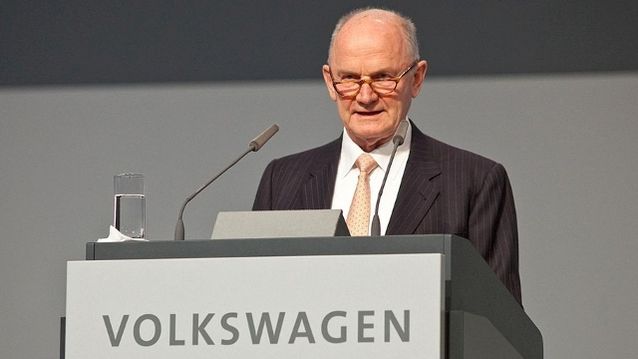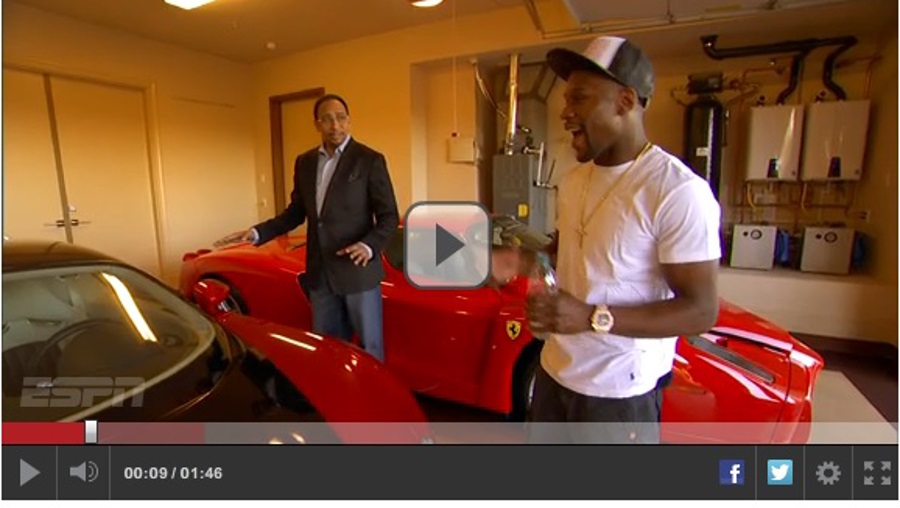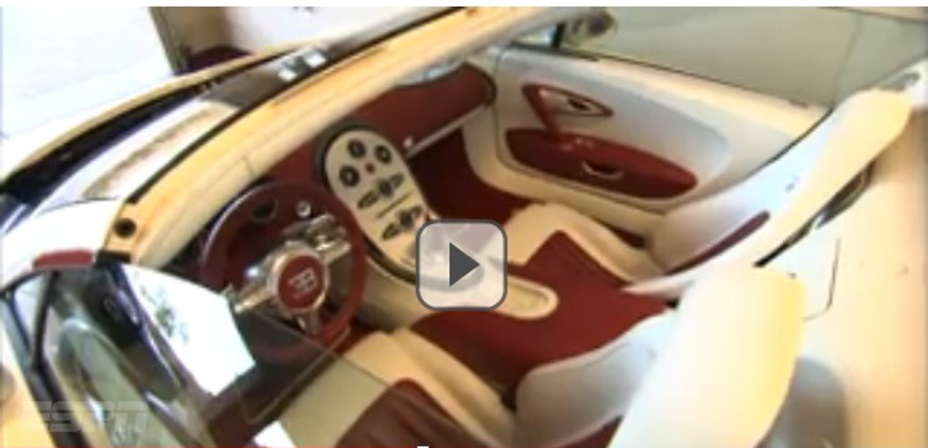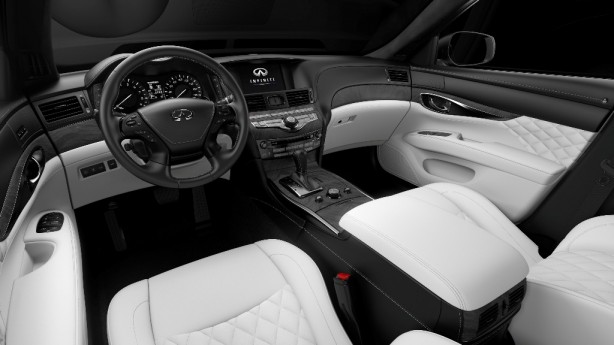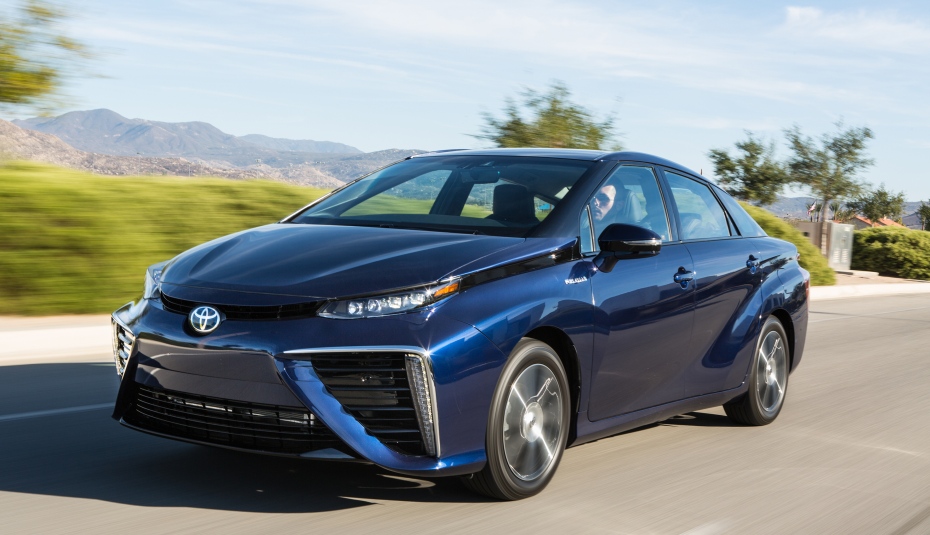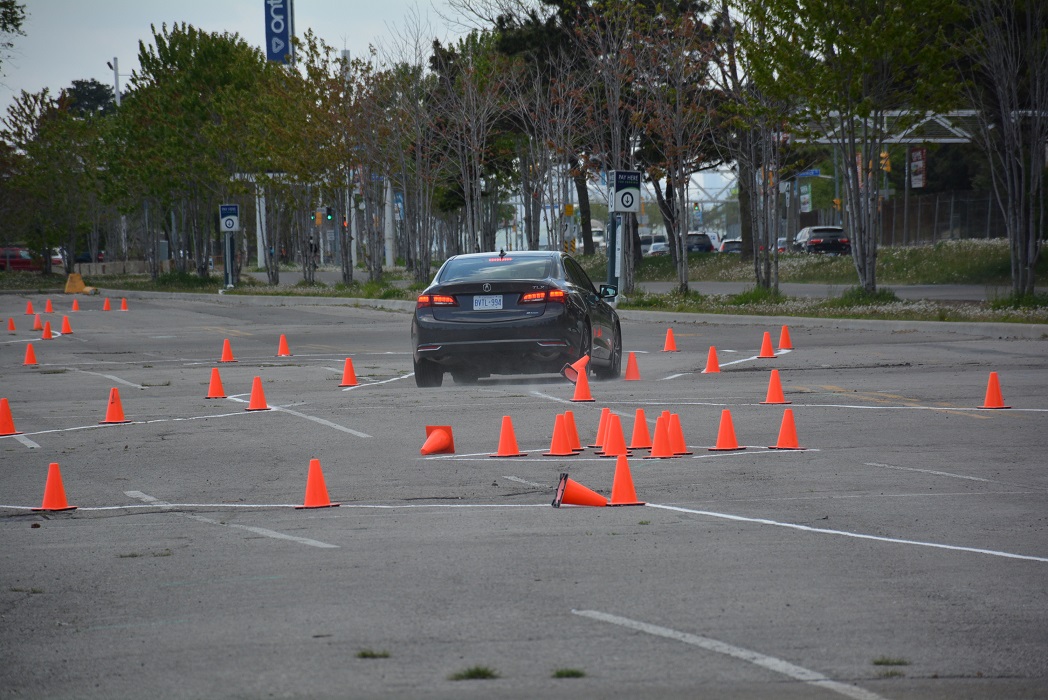
Many polls, press releases and interviews confirm that distracted driving is a serious problem. All of this information has helped to crack down on this problem over the past five years, but by looking around at other vehicles while driving, there's clearly more work to be done.
Earlier this year, State Farm, a leading insurance and financial service company that deals with vehicle loans and auto insurance amongst other things, conducted its own national survey on distracted driving. Results showed that 93% of drivers feel that others are distracted while driving; conversely, when asked whether they thought they were actually distracted, the percentage dropped to 56%.
A big cause for distraction boils down to our mobile devices. Some use them for emergency purposes or when they need to make a phone call, but others seem to deal with separation anxiety when detached from them. This need for one's mobile can vary from checking emails, responding to texts, and even playing games (yes, I've seen it). But that's not the only distraction. Survey respondents say that checking out homes and people, followed by eating and drinking, as well as distractions coming from fellow passengers are some of the leading causes of accidents.

But enough with the surveys. State Farm went one step (well, maybe a few) further and teamed up with Acura Canada on a distracted driving clinic that was labelled, “Safe Driving Challenge.” The event took place outside of Ontario Place on Toronto's lakeshore with an autocross track set-up in the large parking lot.
With the use of various Acura vehicles that included all of their sedans, the ILX, TLX and RLX, we conducted an ample amount of laps around the man-made track first without distraction, and secondly while being distracted. Distractions would come from the walkie talkie sitting within the cup holder, and this would include writing a text to changing the radio stations to lowering the windows. We wouldn't know what was coming, but he had to do each task, while having our laps timed around the autocross.
Going into this event, I've always felt like a decent multitasker. This isn't the best thing to commend yourself on while driving, but this is the reason people might feel comfortable to text and play around while driving. It's not far-fetched to hear someone say, “I can easily do both,” or “I'm not like those others, don't worry.” That's what makes this realistic test, a worthwhile venture. When you work in the competition component, you'll want to multitask in order to get that top time.
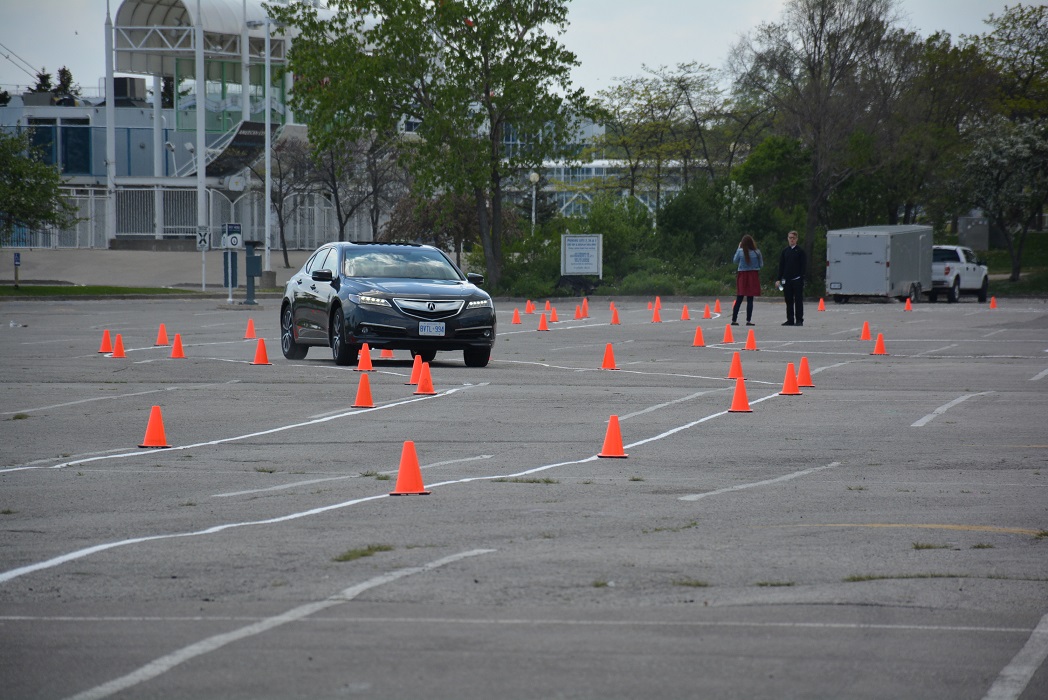
So, how did I do?
Under the non-distracted part, I was able to get around the track at 33.78 seconds without hitting one pylon and braking successfully in the stopping box. It was a little bit of a different story while distracted. On my first lap, I achieved a respectable time of 35.54, but managed to knock down three pylons and failed to click send on my text, adding 11 seconds of penalty time to my score. On my second run, I managed a slower time of 36.55, but without any penalties at all and stopping in the box. An impressive achievement making it the best time after penalties, albeit close to three seconds slower from my non-distracted run.
Competition is fun, and it's nice to have the best distracted time confirming my multitasking abilities, but that's not the take from this event. My first distracted run, I hit three pylons, which could easily be pedestrians or another vehicle. Distraction is serious, and the more we get away from it and focus on the road, the safer for all. You shouldn't avoid texting for the sake of avoiding the $280 fine currently in Ontario; you should do it to avoid unintentionally killing a fellow citizen or causing a major accident.
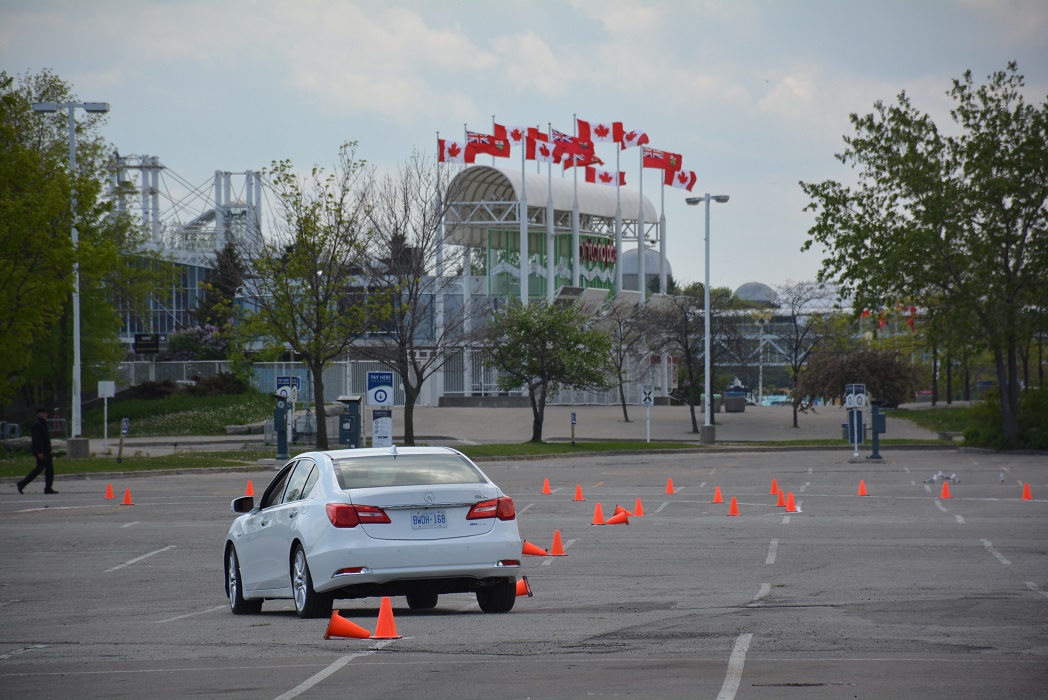
Even though the road may appear clear up ahead, vehicles move quickly and traffic changes on a dime. It might take only one second to look down on your phone or stare at that infotainment touchscreen, but you need to add another 0.75 seconds for reaction time, and at that point, it just might be too late.
State Farm is doing the right thing by stepping out and trying to make a difference to talk about driving distractions. All automakers have added standard or optional safety technology features, similar to AcuraWatch, one of the leaders in the industry. These aids are there to assist drivers in order to mitigate distraction, but as we learned, the No. 1 safety feature in your vehicle is you.
As you sit there and read this, you might be thinking that distraction is a young person thing. To me, that type of commentary is why only 56% think that they are distracted. I know I'm provided another statistic, but it was surprising to learn that the worst group of texting offenders are in the 35-44 age bracket. Younger drivers are taught in driver's education about distracted driving, which has carried with most of them on the road. Distracted driving is not just a youth thing, it's an everyone thing that needs to stop, which was clearly evident by the amount of pylons people hit while being distracted.
Let me leave you with one last thing. As good as my score was, I knew distraction was coming, would it be the same result if it was by surprise? Who knows, but I wouldn't want to find out on regular roads.
